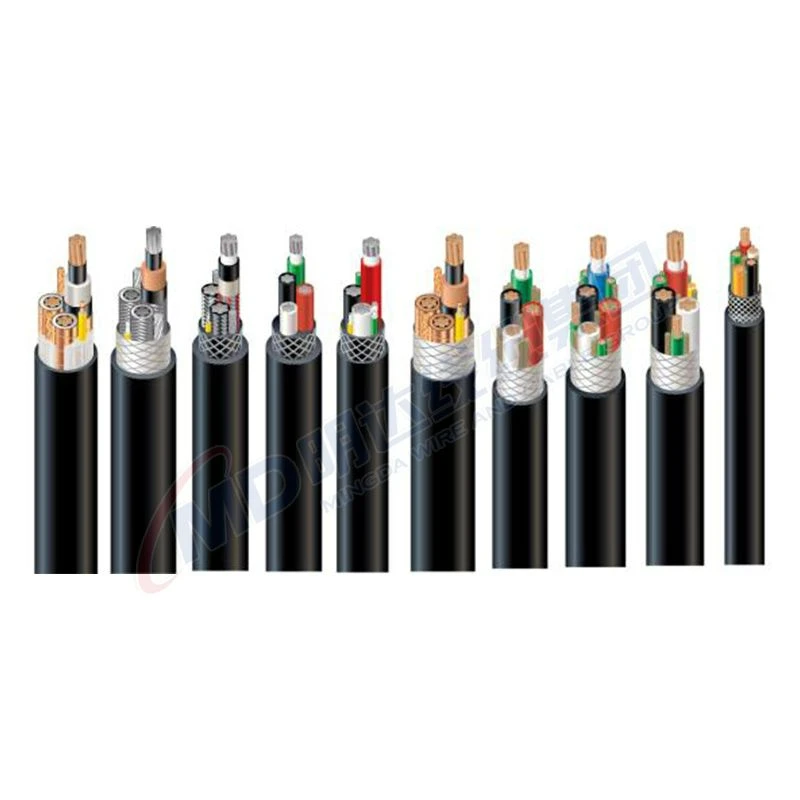Dec . 10, 2024 18:16 Back to list
y strainer filter
Understanding Y-Strainer Filters A Critical Component for Fluid Systems
In the realm of fluid mechanics and system design, the importance of effective filtration cannot be overstated. Among the myriad of filtration solutions available today, Y-strainer filters stand out as one of the most versatile and essential components utilized in various industries. Their unique design and functionality make them ideal for protecting critical equipment from contaminants in liquid or gas systems.
What is a Y-Strainer Filter?
A Y-strainer filter is a type of filtering device characterized by its Y shaped body. This configuration allows for efficient fluid flow while providing a reliable means of separating out unwanted particles or debris. Typically made from materials such as stainless steel, cast iron, or plastic, Y-strainers are designed to withstand high pressures and demanding environments. Their key role is to ensure that the fluid entering a system is free from contaminants, thereby prolonging the lifespan of pumps, valves, and other equipment.
How Y-Strainers Work
The operation of a Y-strainer filter is straightforward. As fluid flows through the strainer, it passes through a perforated or mesh screen, which traps particles based on their size. The filtered fluid then moves through the strainer and into the downstream system. The Y shape of the filter allows for a compact design that can easily fit into piping systems, making installation and maintenance more manageable.
The strainer is typically equipped with a blow-off valve that allows users to clean the filter without removing it from the pipeline. This feature is crucial for maintaining efficiency and minimizes downtime, as operators can quickly flush out accumulated debris and restore optimal flow conditions.
Applications of Y-Strainer Filters
Y-strainers are used across a diverse range of applications. In industrial settings, they are commonly found in water treatment plants, boiler systems, and chemical processing units, where they prevent foreign particles from damaging sensitive equipment. In HVAC (heating, ventilation, and air conditioning) systems, Y-strainers protect pumps and compressor systems by filtering out rust, scale, and other particulates that could hinder performance.
y strainer filter

Additionally, these filters are popular in food and beverage industries, where ensuring the purity of fluids is paramount. The ability to use various grades of mesh filters allows industries to select the appropriate filtration level required for their specific applications.
Benefits of Using Y-Strainer Filters
1. Protection of Equipment By filtering out unwanted contaminants, Y-strainers significantly extend the life of pumps and other vital components, resulting in reduced maintenance costs and downtime.
2. Ease of Maintenance Y-strainers are designed for easy cleaning, allowing operators to maintain systems without extensive disassembly. This results in more effective operation and less disruption to the overall system.
3. Versatility Available in various materials and mesh sizes, Y-strainers can be customized for specific industries and applications, making them suitable for a wide range of fluids, including water, oil, and chemicals.
4. Compact Design The space-saving design of Y-strainers makes them easy to install in tight spaces, providing flexibility in equipment layout without sacrificing filtration efficiency.
Conclusion
In conclusion, Y-strainer filters are an indispensable part of fluid systems across various sectors. Their ability to prevent contamination protects essential equipment and enhances operational efficiency. As industries continue to evolve, the role of these filters will undeniably become even more critical. By understanding and implementing Y-strainers effectively, businesses can ensure the longevity and reliability of their systems, ultimately leading to improved productivity and cost savings. Whether you’re in manufacturing, water treatment, or any other field that relies on fluid management, incorporating Y-strainer filters into your system is a proactive step towards ensuring operational success.
Share
-
Reliable Wafer Type Butterfly Valves for Every IndustryNewsJul.25,2025
-
Reliable Flow Control Begins with the Right Ball Check ValveNewsJul.25,2025
-
Precision Flow Control Starts with Quality ValvesNewsJul.25,2025
-
Industrial Flow Control ReliabilityNewsJul.25,2025
-
Engineered for Efficiency Gate Valves That Power Industrial PerformanceNewsJul.25,2025
-
Empowering Infrastructure Through Quality ManufacturingNewsJul.25,2025